3 myths around feeding ewes debunked
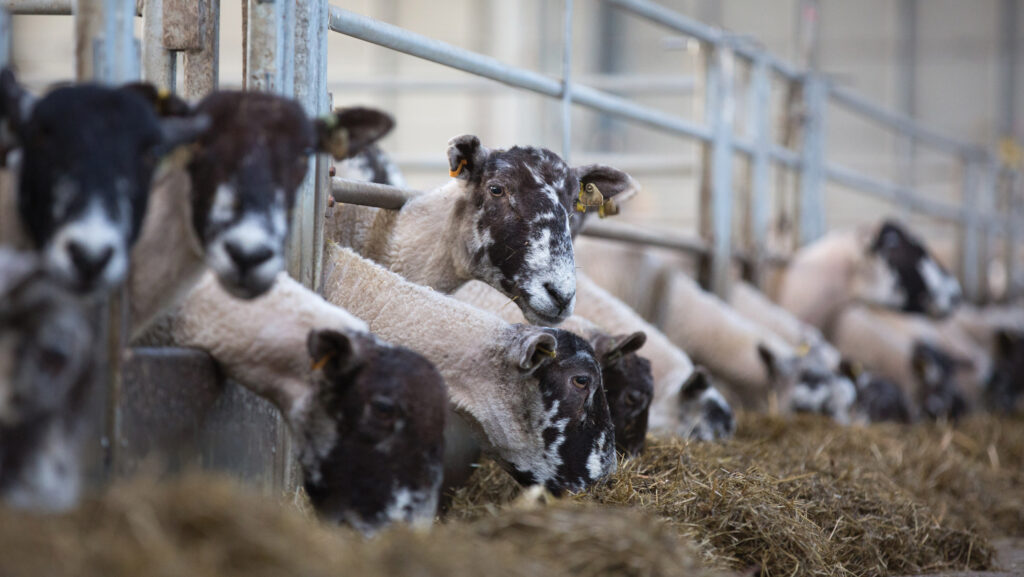 © Tim Scrivener
© Tim Scrivener Feeding ewes correctly before tupping and during pregnancy is vital for flock health, fertility and lamb output.
Yet many long-held beliefs continue to influence on-farm decisions, often adding unnecessary costs or reducing performance.
See also: Why there’s still time to target ewe condition before tupping
At a recent Farming Connect Our Farms Network event, independent sheep consultant Fiona Lovatt of Flock Health shared research and practical experience that challenge common misconceptions.
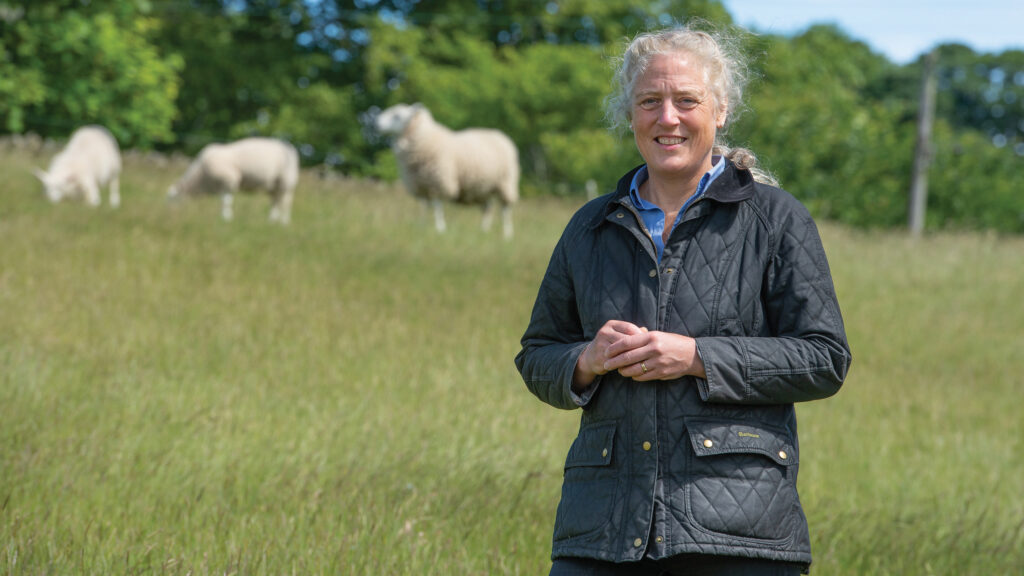
Fiona Lovatt © John Eveson
From energy drenches to mineral buckets and silage testing, her findings highlight why evidence-based nutrition planning is essential.
1 Propylene glycol can boost scanning percentages – false
Many farmers believe dosing ewes with propylene glycol before tupping can lift scanning results.
Fiona said there was some trial evidence to support this, in closely synchronised ewes, caused by a transient boost in circulating insulin levels.
The product is commonly used to treat twin lamb disease because of its high energy content.
To test its effect in a naturally tupped flock, as part of a Farming Connect project, Fiona ran a trial with farmer Carys Jones.
Carys manages 500 Improved Welsh and Romney-cross ewes at Carregcynffryd in Carmarthenshire.
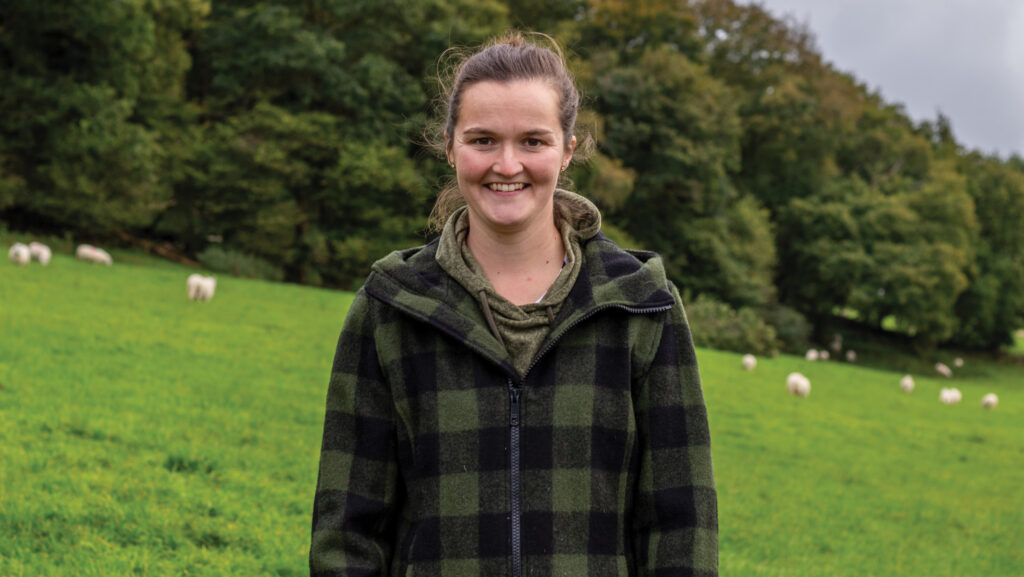
Carys Jones © RPM
Three weeks before tupping, and again on the day before the rams were turned into the ewes, half the flock (odd-numbered tags) received a dose of 25ml of propylene glycol.
Even-numbered ewes were left untreated. The results showed treated ewes scanned at 166%, compared with 173% for untreated ewes.
Fiona’s verdict: “We were sceptical, but persevered. This evidence doesn’t support its use. I wouldn’t advocate farmers adopting this practice,” she said.
2 Mineral buckets supply energy – false
Unless a forage mineral audit shows a deficiency, offering mineral buckets can be a costly habit with little return.
Fiona advised that when grazing is deficient, key minerals – selenium, iodine, copper and cobalt – should be supplemented four to eight weeks before tupping.
While buckets and blocks can be a good source of minerals to the ewes that go to them, they should not be relied on as an energy source.
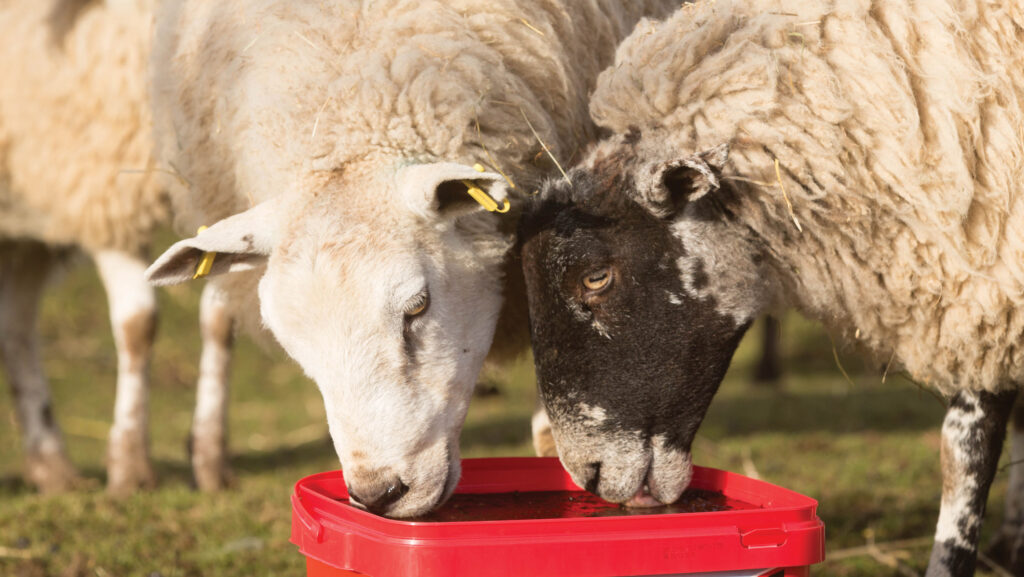
“I’m not a great fan of blocks because they are hideously expensive and they don’t deliver much energy,” she said.
“They do, however, deliver a whole suite of minerals to those ewes that go to the block,” she added.
A 70kg ewe carrying twins required more than 18MJ of energy a day in the last weeks before lambing, yet a bucket typically only delivered 1.8MJ, she pointed out.
“Even a single-bearing ewe requires over 14MJ energy and well over 100g of protein a day to ensure good colostrum.
“Lick buckets provide only 20g of protein a day and therefore, alone, only deliver a fraction of the protein required for a ewe to produce colostrum.
“Farmers spend a fortune on blocks, but bear in mind they will only give you 10% of the energy you need and a fraction of the protein, so don’t be fooled.
“I would much rather supplement pregnant ewes with proper feed, such as cake, beans or grain,” she said.
3 Testing silage is optional – false
Balancing rations without testing forage could be costly, either through overspending on feed or risking poor colostrum and metabolic disease in underfed ewes.
Silage analysis provided the foundation for ration planning, ensuring ewes received the right energy and protein levels for each stage of gestation, said Fiona.
“Energy is really important for the last two months of pregnancy, while protein is vital for the final two weeks to support colostrum production,” she explained.
Carys has been testing baled silage for the past two years. The results have allowed her to fine-tune rations and cut costs.
For example, twin-bearing ewes previously received home-grown silage and concentrates out of a bag.
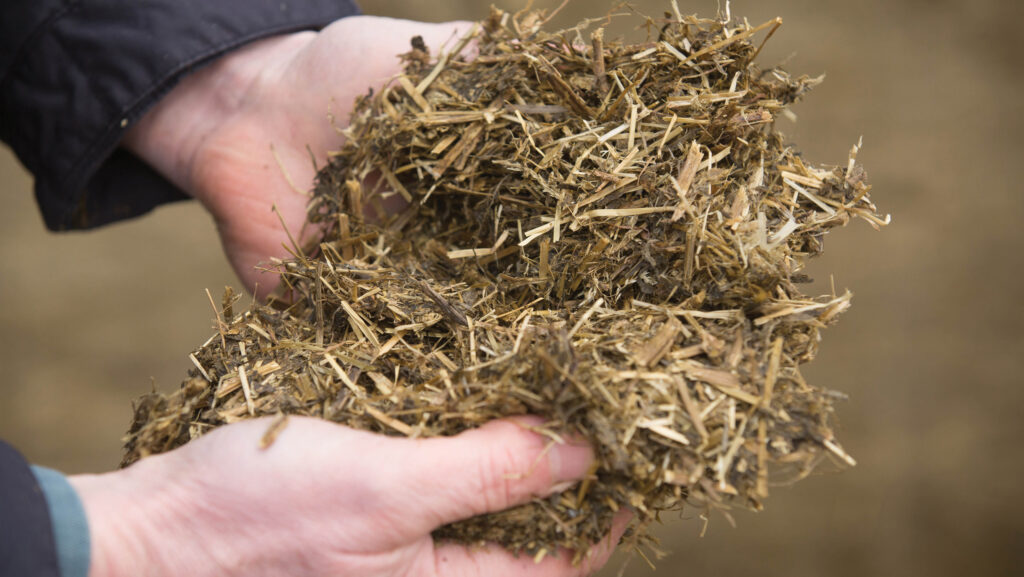
© Tim Scrivener
Last year, by identifying a shortfall in fermentable energy, but good levels of protein in baled silage, she supplemented with barley alongside a smaller amount of cake.
In the final two weeks pre-lambing, twins received 500g of cake and 300g of barley daily with ad-lib silage – helping to significantly reduce concentrate use overall.
This approach was not only nutritionally effective, but also cost-efficient, with barley costing £158/t, compared with concentrates at £365/t in 2024.
Fiona cautioned that feeding requirements would vary depending not only on forage quality, but ewe condition, size and lamb litter size.
She warned that farmers should never feed more dry matter of cake or grain than the dry matter of forage they had available, to avoid rumen acidosis.
She also encouraged analysing silage, for energy and protein levels, in the winter so rations could be formulated before the final eight weeks of pregnancy.
“If you never analyse your forage, you risk paying too much for unnecessary cake in good years, or, in a bad year, you will have ewes with twin lamb disease or not enough colostrum,” she added.
Fiona Lovatt and Carys Jones were speaking at a Farming Connect Our Farms Network event hosted at Carys’ farm – Carregcynffryd in Carmarthenshire – on 16 September.
